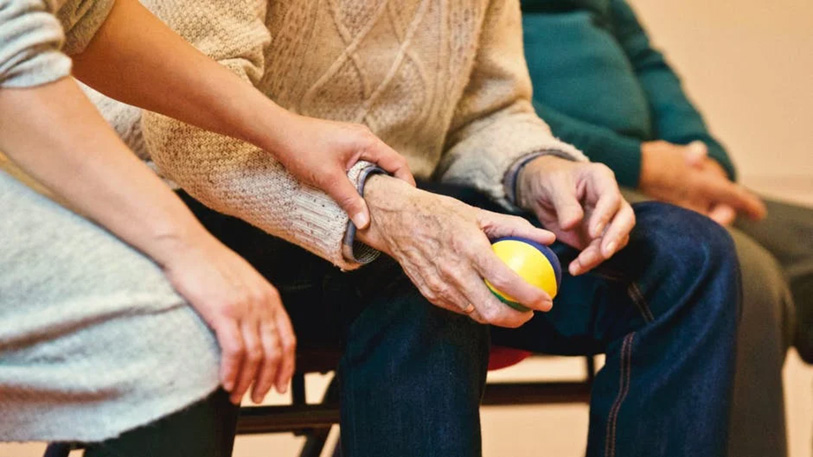What Can America Take Away From Singapore’s Healthcare System?
Singapore’s healthcare system has been used as a model case in several instances. It is now brought up again for the United States.

When the Upshot competition concluded and had issued which nation had the most outstanding health care system globally, Singapore was disqualified in the preliminary round, with the reason being that professionals found it tough to justify the supposed achievements made by them.
Singapore’s healthcare system has indeed accomplished plenty. Americans have been debating for the last ten years if the government should offer insurance to the minority of individuals who did not have them. Singapore has already passed that stage. It is now focused on enhancing the value and effectiveness of healthcare offered, and at the same time, lowering costs.
The American healthcare system can pick up some things from Singapore from my observations of both healthcare systems, though the basis for comparison might not be exactly the same.
A more robust population
Singapore is a small urban country with 279 square miles which houses an estimate of 5.8 million individuals. The healthcare facilities are near to most residential areas. What’s more, Singapore is also known for its fantastic commercial real estate, which contributes to its citizens’ high standard of living as well.
One huge disparity between both countries is that Singapore faces a lower poverty rate than the global average for a first-world nation.
The Singapore tax structure is radical. Citizens whose income belongs to the lowest 20 percent are taxed less than 10 percent of all their tax payments. They get to enjoy more than 25 percent of all assistance schemes. Citizens who belong to the wealthiest 20 percent are taxed more than 50 percent of their total taxes and enjoy only around 10 percent of the assistance.
Most of the younger generations have general access to education and the authorities offer many grants for the purchase of homes. The country has a generally small proportion of smokers, alcoholics, drug abusers, and severely overweight individuals.
All these factors add up to a nation with a healthier population which requires less government expenditure on healthcare. To accomplish similar targets would require the American government to devote enormous resources to building effective social schemes. However, it does not seem that the government is interested in that anyway.
In addition, Singapore also has a foreign worker scheme that is formally acknowledged by the approximate 1.4 million population of foreigners working in Singapore. They are mostly in the blue-collar industries with relatively less pay. Although their work is typically accompanied by safety measures that are better than those offered in their native soil, they are still defenseless to other types of exploitations.
Foreign workers cannot enjoy the same level of assistance offered by the Singapore healthcare system as Singapore citizens or Singapore permanent residents. They are also not included in any measurements of the nation’s accomplishments or health. By doing so, though it lowers the cost, it makes overall assessments inaccurate.
Should healthcare be handled by the public or private sector?

The American healthcare system is supported by five core pillars.
For the right-wingers, they are satisfied with the aim for each citizen to be accountable and not over-dependent on the welfare system in times of need. They are also for the privatization of the healthcare systems to stimulate a form of rivalry to ensure constant enhancements to services offered and increase overall effectiveness.
For the left-wingers, they are supportive of fundamental healthcare services being offered to all as this ensures that prices are kept low, particularly when the free market does not do so when not controlled by the government.
Singapore sees the pros and cons of both sides’ arguments regarding whether healthcare should be public or private. In America, we tend to assume that it is either this way or that way. Let’s look at Singapore and learn from how they are flexible in their implementation.
A partner in a healthcare consulting firm located in Singapore stated that the Singapore government understands that resources are limited and that not every medical solution or product must be supported by government spending.
The huge amount of confidence given to the government by their citizens also empowers the authorities to push out what they deem ideal for them.
Essentially, the government gives the ultimate order – they control the private sector’s operations. However, in America, the private market is the first choice, and the public players come into the picture only when the private players refuse to take it on.
The Singapore government controls the different types of technology in use very stringently. They decide exactly what kind of drugs and machinery should go under the public and private players, including the pricing and monetary assistance applicable.
How does Singapore implement its healthcare delivery
Though Singapore is famous for how its citizens settle their healthcare bills, they also have a robust delivery system in place.
Basic care, which is mostly cheap, is taken care of by the private players. Around 80 percent of Singaporeans get basic care from an estimated 1,700 doctors. The other 20 percent get their basic care from 18 polyclinics operated by the government.
As such, basic care becomes more complex which leads to it becoming increasingly costly, a larger proportion of citizens are switching to the polyclinics. Approximately half of the group who are suffering from chronic diseases go to the polyclinics.
The polyclinics are tuned to clear huge quantities of visitors within a short amount of time. The government tries to get everyone to give their online app a try. It can set up appointments, see real-time waiting time, and settle the fees.
However, despite all these efforts, many are still unsatisfied with the long waiting time. The doctors’ schedules are fully packed with clearing at least 60 patients within one day. Furthermore, there is also no consistency in the quality of visits as patients are not allowed to pick their doctors – they are assigned to any doctor who is on duty.
Hence, Singapore’s healthcare is not exactly a more “private” structure. A more accurate description would be that it is privately funded. This is the reverse of the American system. Their healthcare delivery is supported by public funds.
Moving forward

Singapore has made huge progress with relatively low infant deaths and a higher lifespan of its citizens at a low cost. It is possible that with better immunity jabs, higher quality of sanitation, adequate education, and effective movements against smoking and proper prenatal care.
Unfortunately, similar to what America is facing, with greater costs driven by new technologies adoption, paired with the aging population, Singapore is most likely going to increase its healthcare expenditure, though not to the high spending by America.



